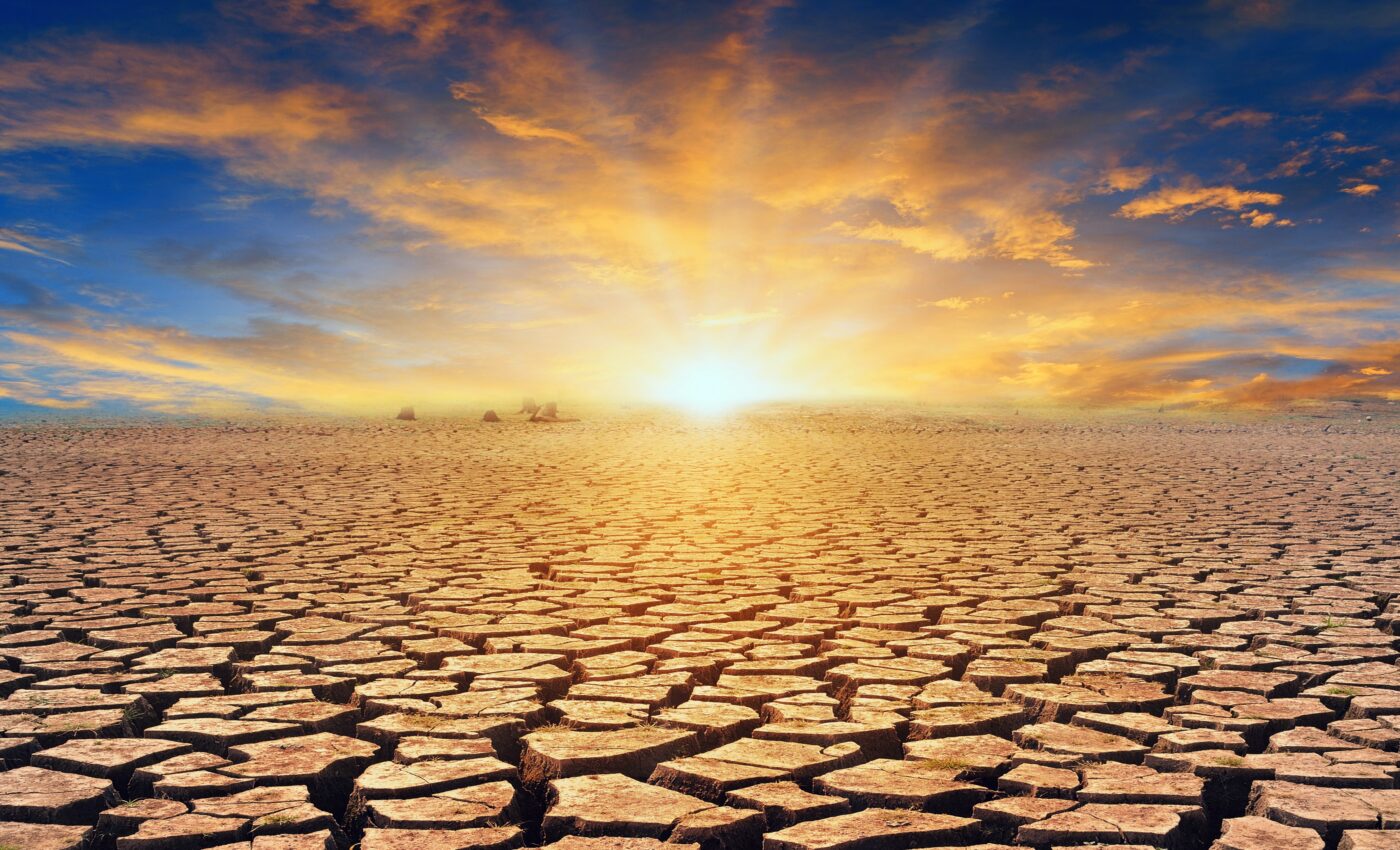
Flash droughts are becoming the new normal
The frequency of “flash droughts” is on the rise due to human-induced climate change, and the trend is expected to escalate in a warmer future, according to new research published on April 13, 2023, in the journal Science.
The study indicates that flash droughts are quickly becoming the new standard for droughts, complicating forecasting and preparation efforts.
Flash droughts are characterized by their rapid onset and development, with the potential to transform into severe droughts within a matter of weeks. These droughts are triggered by a combination of low precipitation and high evapotranspiration, causing the soil to rapidly lose its moisture content. Although they develop quickly, flash droughts can persist for months, inflicting significant damage on vegetation and ecosystems while also sparking heatwaves and wildfires.
An international team of researchers sought to determine whether there has been a shift from traditional “slow” droughts to flash droughts and to project how this trend might evolve under various carbon emission scenarios.
Study co-author Professor Justin Sheffield of the University of Southampton stated that climate change has effectively sped up the onset of droughts. “While it varies between different regions, there has been a global shift towards more frequent flash droughts during the past 64 years.”
The spread of flash droughts around the globe
The researchers found that the transition to flash droughts was most pronounced in East and North Asia, Europe, the Sahara, and the west coast of South America. In contrast, some regions like eastern North America, Southeast Asia, and North Australia experienced a decrease in both flash and slow droughts. However, the speed of drought onset in these areas still increased.
Interestingly, there was no evidence of a transition to flash droughts in the Amazon and West Africa. Instead, the Amazon witnessed an uptick in slow droughts, while West Africa saw an increase in the frequency and severity of both fast and slow droughts.
Professor Sheffield explained the future implications of this trend, saying, “As we head towards a warmer future, flash droughts are becoming the new normal. Our models show that higher-emission scenarios would lead to a greater risk of flash droughts with quicker onset, which pose a major challenge for climate adaptation.”
The transition to flash droughts could have irreversible consequences for ecosystems, as they may not have sufficient time to adapt to sudden water scarcity and extreme heat. Forecasting these flash droughts also poses a challenge, as current methods for predicting droughts typically rely on longer time scales.
To better prepare for and manage the increasing prevalence of flash droughts, the researchers argue that new approaches for early warnings are necessary. Additionally, there is a need to better understand the impacts of flash droughts on both natural ecosystems and human populations.
Impact of climate change on other weather phenomena
Climate change, driven primarily by the increase in greenhouse gas emissions from human activities, is impacting various weather phenomena in multiple ways. Some of these impacts include:
- Extreme temperatures: Climate change is causing an increase in average global temperatures, leading to more frequent, intense, and longer-lasting heatwaves. Conversely, some regions may experience extremely cold spells due to changes in atmospheric circulation patterns.
- Intense precipitation events: Warmer air holds more moisture, which can lead to heavier and more intense precipitation events, including rainstorms and snowstorms. This increase in precipitation intensity can lead to flash floods, landslides, and other weather-related disasters.
- Tropical cyclones: While there is ongoing debate about the impact of climate change on the overall frequency of tropical cyclones (hurricanes and typhoons), there is increasing evidence that climate change is making these storms more intense and capable of causing more damage. Warmer ocean temperatures can provide more energy for cyclone development, leading to stronger storms with higher wind speeds and more rainfall.
- Droughts: Changes in precipitation patterns and increased evaporation rates due to warmer temperatures are causing more frequent and severe droughts in some regions. As mentioned in the previous article, flash droughts are becoming more common, posing challenges for water management and ecosystem health.
- Floods: Increased precipitation and more frequent heavy rainfall events, coupled with rising sea levels, contribute to a higher risk of flooding in many regions, especially in low-lying coastal areas.
- Polar vortex disruptions: Climate change can affect the jet stream and polar vortex, causing disruptions in weather patterns. These disruptions can lead to extreme cold snaps and heavy snowfall in some mid-latitude regions, even as the global average temperature continues to rise.
- Changes in seasonal patterns: Climate change is altering the timing and intensity of seasonal weather patterns, such as earlier springs, later autumns, and shifting monsoon patterns. These changes can disrupt ecosystems, agriculture, and water resources management.
- Arctic amplification: The Arctic is warming at a faster rate than the rest of the world, leading to a reduction in sea ice and snow cover. This loss of reflective ice and snow results in more heat being absorbed by the Earth, further exacerbating global warming and impacting weather patterns globally.
These are just a few examples of how climate change is impacting weather phenomena. The interactions between climate change and weather are complex, and scientists continue to study and monitor these effects to better understand and predict future changes.
—-
Check us out on EarthSnap, a free app brought to you by Eric Ralls and Earth.com.













